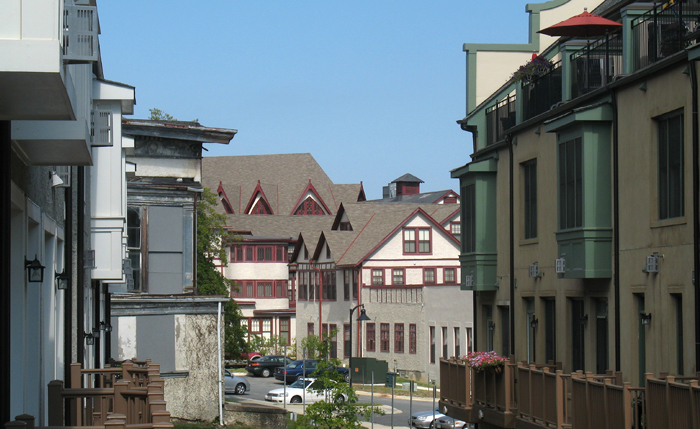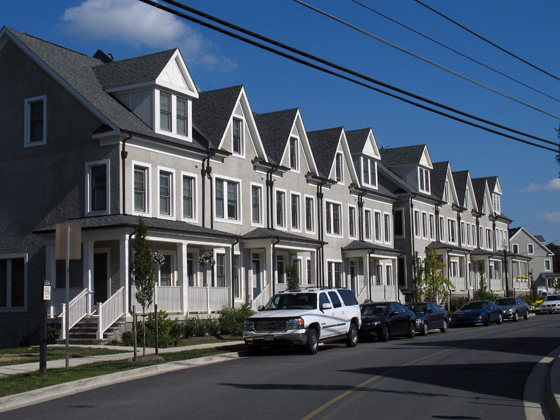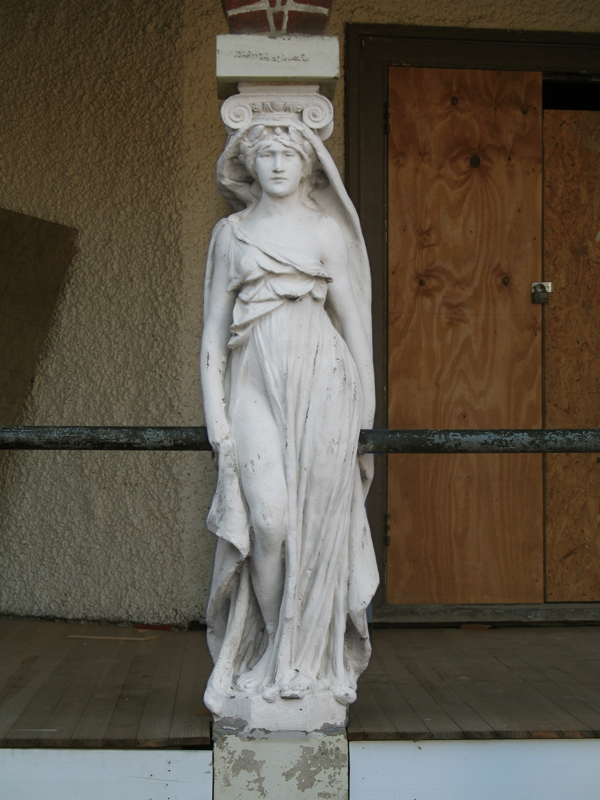
But from the enormous source material of the existing buildings, the Alexander Company took what opportunities it had and exploited them into a quiet celebration of the specific context. The original buildings, despite their conversion to a warren of private apartments and condominiums, have kept of their idiosyncrasies. In spite of sparkling new halogen lights and granite countertops, the apartments retain the unique elements that make the buildings meaningful to residents.
Continue reading ➞ Forest Glen Seminary: An Unintentional Project

